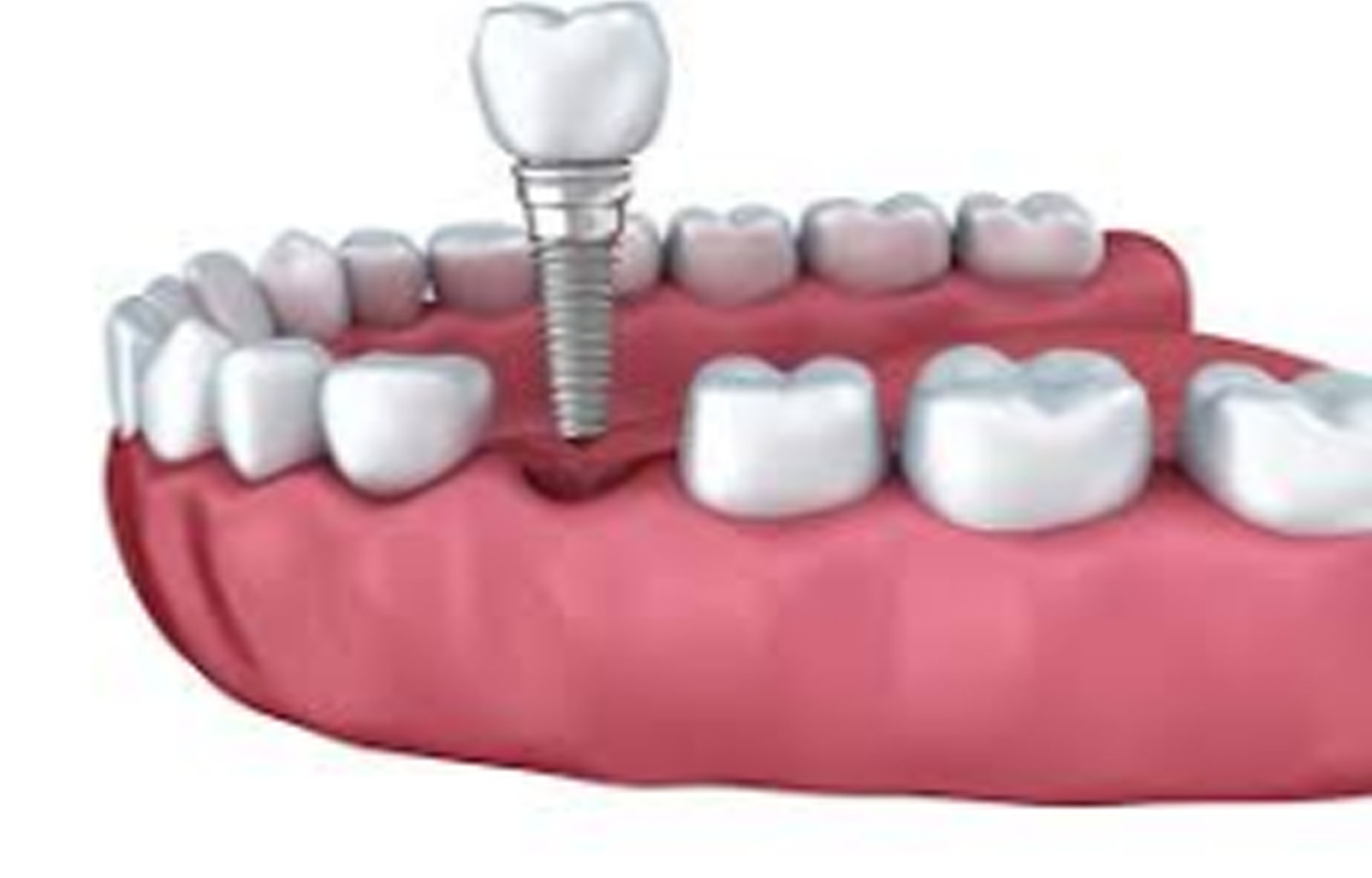- Home
- Medical news & Guidelines
- Anesthesiology
- Cardiology and CTVS
- Critical Care
- Dentistry
- Dermatology
- Diabetes and Endocrinology
- ENT
- Gastroenterology
- Medicine
- Nephrology
- Neurology
- Obstretics-Gynaecology
- Oncology
- Ophthalmology
- Orthopaedics
- Pediatrics-Neonatology
- Psychiatry
- Pulmonology
- Radiology
- Surgery
- Urology
- Laboratory Medicine
- Diet
- Nursing
- Paramedical
- Physiotherapy
- Health news
- Fact Check
- Bone Health Fact Check
- Brain Health Fact Check
- Cancer Related Fact Check
- Child Care Fact Check
- Dental and oral health fact check
- Diabetes and metabolic health fact check
- Diet and Nutrition Fact Check
- Eye and ENT Care Fact Check
- Fitness fact check
- Gut health fact check
- Heart health fact check
- Kidney health fact check
- Medical education fact check
- Men's health fact check
- Respiratory fact check
- Skin and hair care fact check
- Vaccine and Immunization fact check
- Women's health fact check
- AYUSH
- State News
- Andaman and Nicobar Islands
- Andhra Pradesh
- Arunachal Pradesh
- Assam
- Bihar
- Chandigarh
- Chattisgarh
- Dadra and Nagar Haveli
- Daman and Diu
- Delhi
- Goa
- Gujarat
- Haryana
- Himachal Pradesh
- Jammu & Kashmir
- Jharkhand
- Karnataka
- Kerala
- Ladakh
- Lakshadweep
- Madhya Pradesh
- Maharashtra
- Manipur
- Meghalaya
- Mizoram
- Nagaland
- Odisha
- Puducherry
- Punjab
- Rajasthan
- Sikkim
- Tamil Nadu
- Telangana
- Tripura
- Uttar Pradesh
- Uttrakhand
- West Bengal
- Medical Education
- Industry
Plaque removal and local use of chlorhexidine chips improves peri-implantitis: Study

Researchers have found in a new study that patients with peri-implantitis that were treated with an intensive treatment protocol of bi-weekly supragingival plaque removal and local application of chlorhexidine chips had greater mean implant pocket depths (IPD) reduction.
The study is published in the Journal of Periodontology.
Peri-implantitis is a challenging condition to manage and is frequently treated using non-surgical debridement. The local delivery of antimicrobial agents has demonstrated benefit in mild to moderate cases of peri-implantitis.
Therefore, Eli E Machtei and colleagues from the Department of Periodontology, School of Graduate Dentistry, Faculty of Medicine, Technion (I.I.T.), Rambam health care campus, Haifa, Israel conducted the study to compare the safety and efficacy of chlorhexidine gluconate 2.5 mg chip (CHX chips) as an adjunctive treatment to subgingival debridement in patients afflicted with peri-implantitis.
The authors conducted a multicenter, randomized, single-blind, two-arm, parallel Phase-3 study. Peri-implantitis patients with implant pocket depths (IPD) of 5-8 mm underwent subgingival implant surface debridement followed by repeated bi-weekly supragingival plaque removal and chlorhexidine chips application (ChxC group) for 12 weeks, or similar therapy but without application of ChxC (control group).
All patients were followed for 24 weeks. Plaque and gingival indices were measured at every visit whereas IPD, recession, and bleeding on probing were assessed at 8, 12, 16, 24 week. A total of 290 patients were included: 146 in the ChxC group and 144 in the control.
The following findings were observed-
a. At 24 weeks, a significant reduction in IPD (P = 0.01) was measured in the ChxC group (1.76 ± 1.13 mm) compared with the control group (1.54 ± 1.13 mm).
b. IPD reduction of ≥2 mm was found in 59% and 47.2% of the implants in the ChxC and control groups, respectively (P = 0.03).
c. Changes in gingival recession (0.29 ± 0.68 mm versus 0.15 ± 0.55 mm, P = 0.015) and relative attachment gain (1.47 ± 1.32 mm and 1.39 ± 1.27 mm, P = 0.0017) were significantly larger in the ChxC group.
d. Patients in the ChxC group that were < 65 years exhibited significantly better responses (P < 0.02); likewise, non-smokers had similarly better response (P < 0.02).
e. Both protocols were well tolerated, and no severe treatment-related adverse events were recorded throughout the study.
Hence, it was concluded that "patients with peri-implantitis that were treated with an intensive treatment protocol of bi-weekly supragingival plaque removal and local application of chlorhexidine chips had greater mean IPD reduction and greater percentile of sites with IPD reduction of ≥2 mm as compared with bi-weekly supra-gingival plaque removal."
Dr. Nandita Mohan is a practicing pediatric dentist with more than 5 years of clinical work experience. Along with this, she is equally interested in keeping herself up to date about the latest developments in the field of medicine and dentistry which is the driving force for her to be in association with Medical Dialogues. She also has her name attached with many publications; both national and international. She has pursued her BDS from Rajiv Gandhi University of Health Sciences, Bangalore and later went to enter her dream specialty (MDS) in the Department of Pedodontics and Preventive Dentistry from Pt. B.D. Sharma University of Health Sciences. Through all the years of experience, her core interest in learning something new has never stopped. She can be contacted at editorial@medicaldialogues.in. Contact no. 011-43720751
Dr Kamal Kant Kohli-MBBS, DTCD- a chest specialist with more than 30 years of practice and a flair for writing clinical articles, Dr Kamal Kant Kohli joined Medical Dialogues as a Chief Editor of Medical News. Besides writing articles, as an editor, he proofreads and verifies all the medical content published on Medical Dialogues including those coming from journals, studies,medical conferences,guidelines etc. Email: drkohli@medicaldialogues.in. Contact no. 011-43720751


